Roller Blinds
Installation Guide
What You’ll Need
- Cordless drill
- Phillips head drill bit (PH2 size)
- A step ladder
- A pencil - Not Pen
- 3mm drill bit
- Tape measure
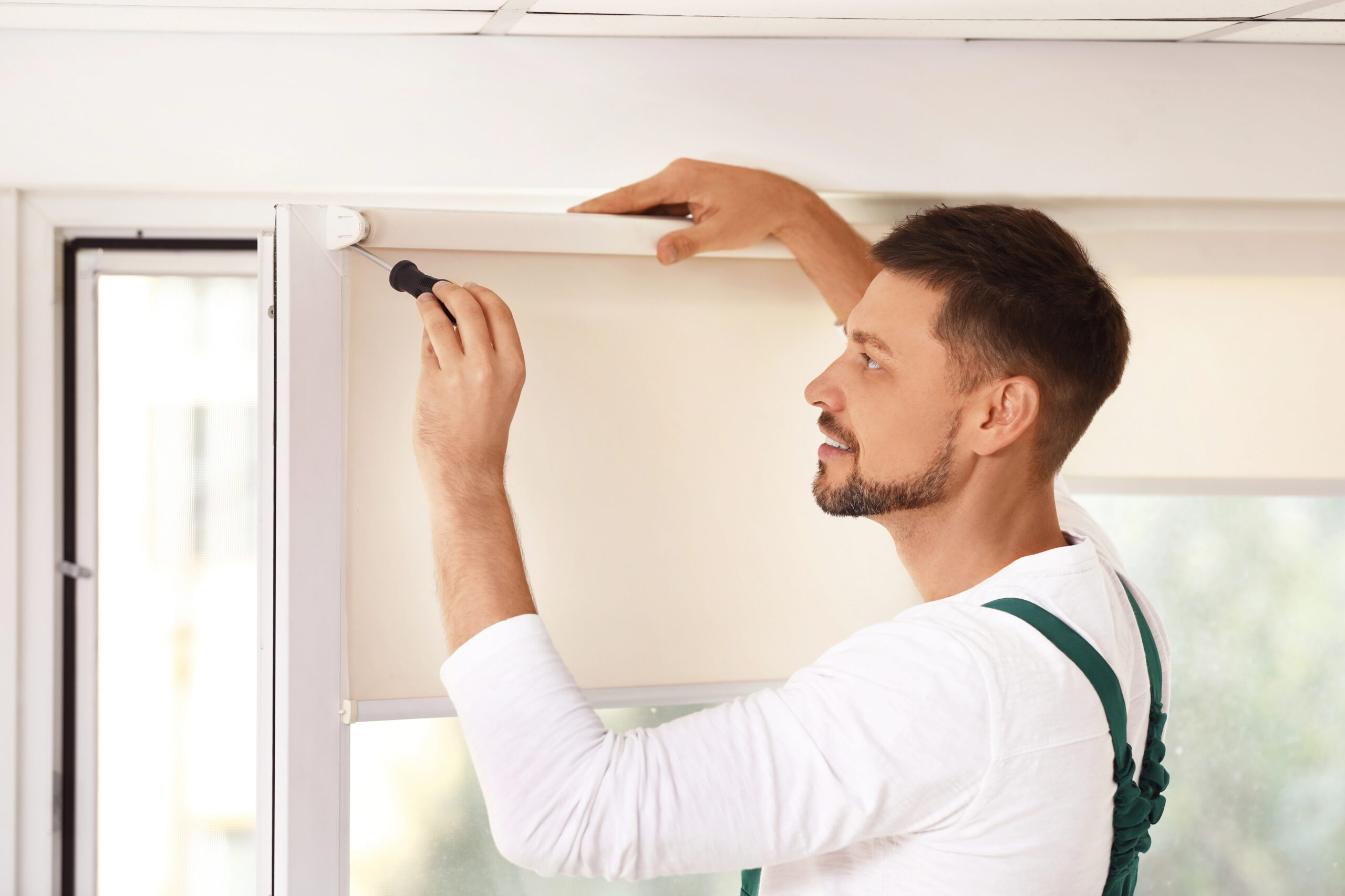
Before Getting Started
- Organise your parts and check you have everything before commencing installation.
1x Blind
1x Control End Bracket
1x Pin End Bracket
5x Screws
Child Safety
1x Blind
1x Control End Bracket
1x Pin End Bracket
5x Screws
Child Safety
- Double check the fitting location.
- Is this blind going in the reveal or on the face?
- What side is the control on?
- What are you attaching your blind to?
Timber
That’s perfect, just follow the below instructions.
Plaster
- Check to see if you have wall studs where the brackets will attach, if not, we recommend using a Ramset hollow wall anchor gun and 10mm wall anchors.
- You can find these at your local hardware store.
Concrete?
Use a masonry drill and concrete screws.
- Make sure you have clean hands!
The last thing you want to do is get your blind dirty whilst installing it.
Steps
- Reveal Fit Inside the window
- Face Fit On a window frame
- Face Fit On a square set window
- Drill Your Pilot Holes
Before attaching your brackets, drilling pilot holes is recommended to avoid your architrave from splitting.
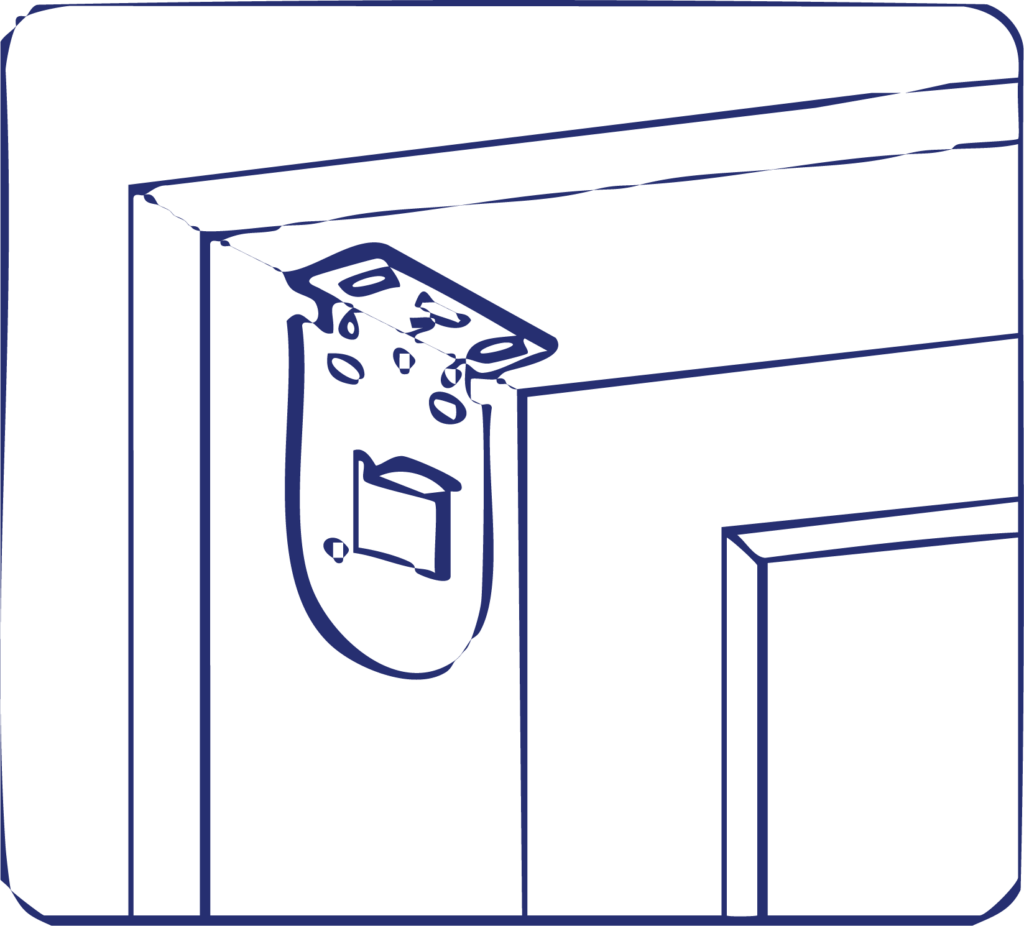
Hold your brackets in their install position inside the recess
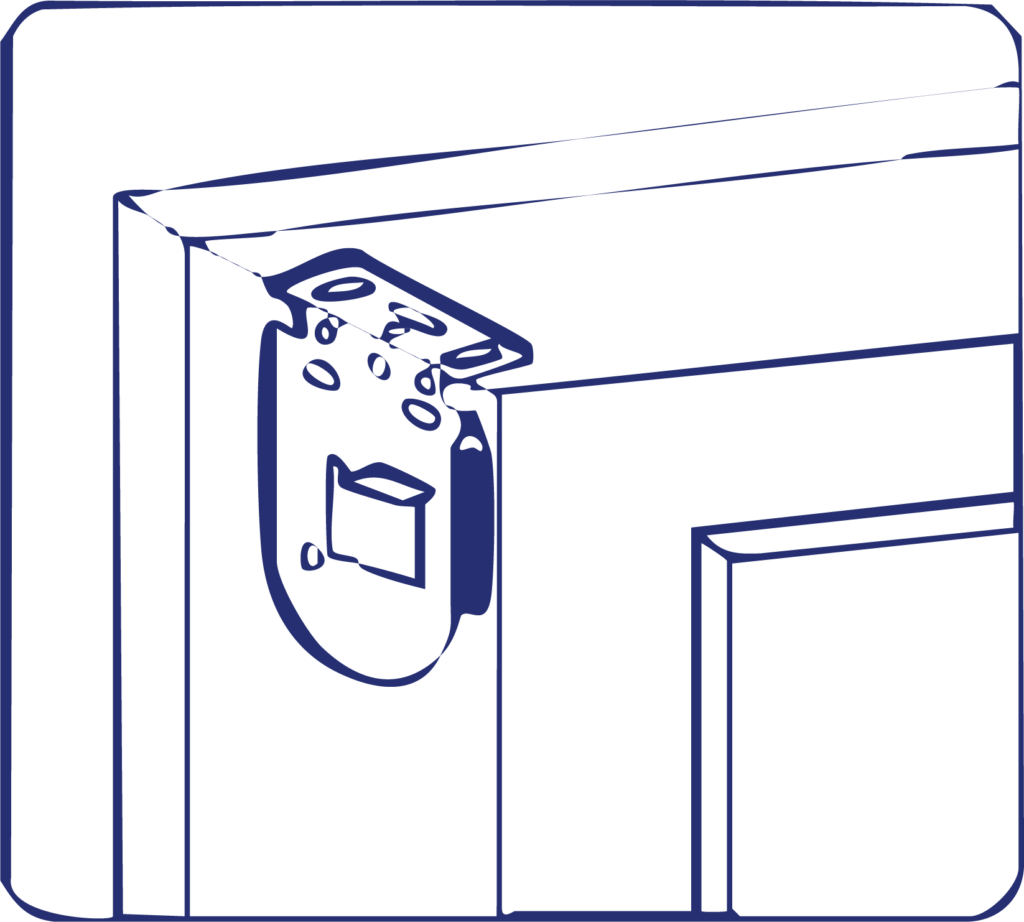
Use a pencil to mark where the screws will go
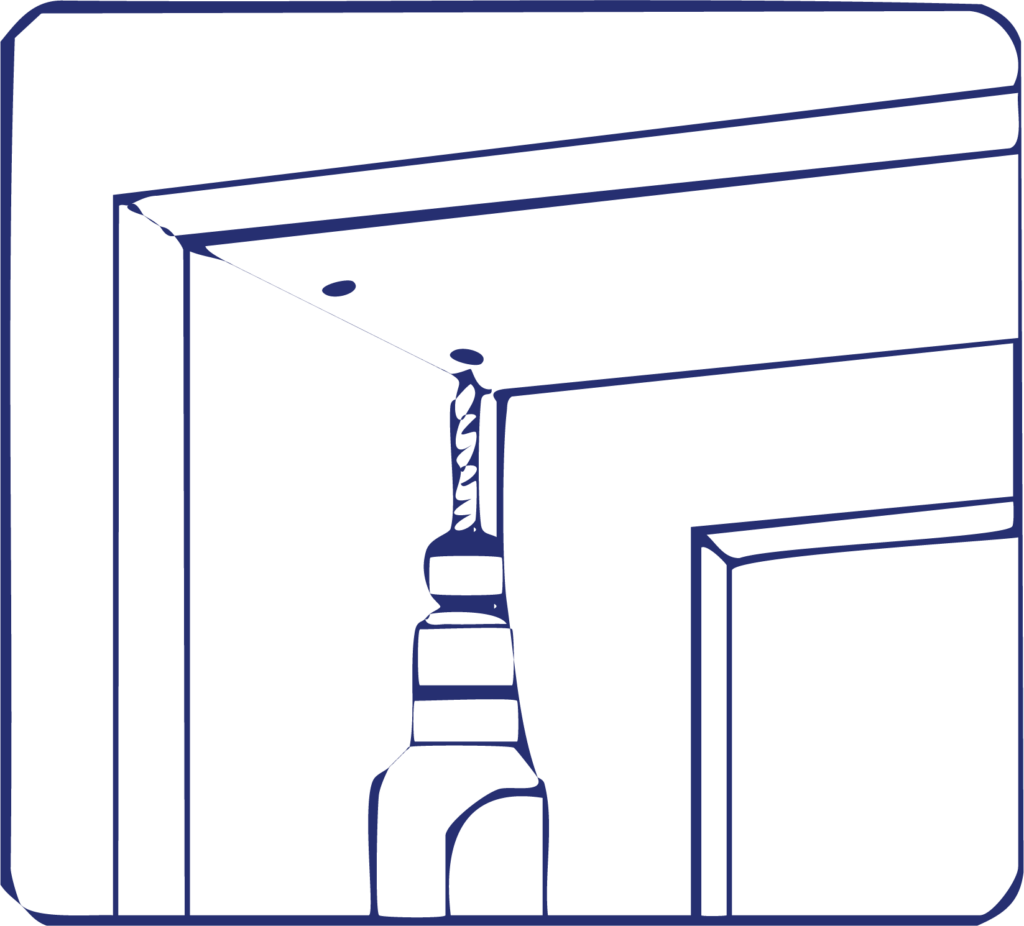
Using a 3mm drill bit, drill your pilot holes
- Attach Your Brackets
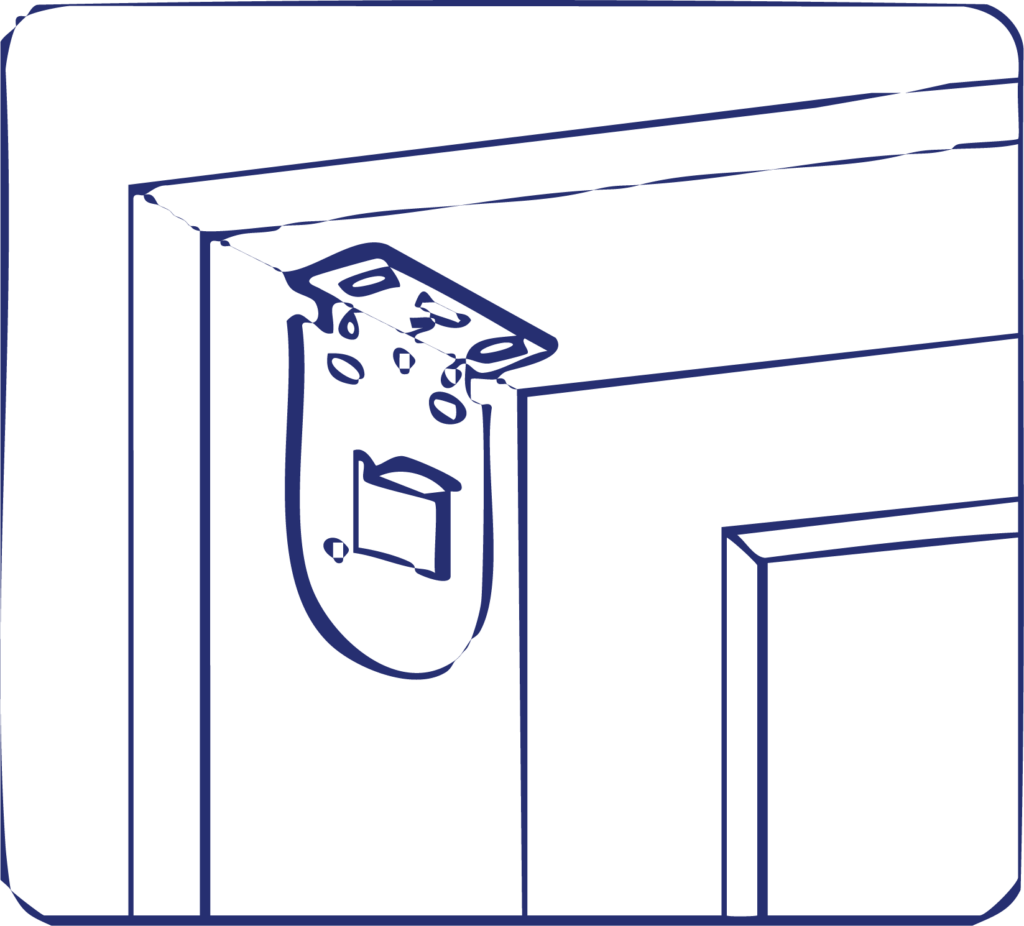
Ensure you have the control bracket on the correct side
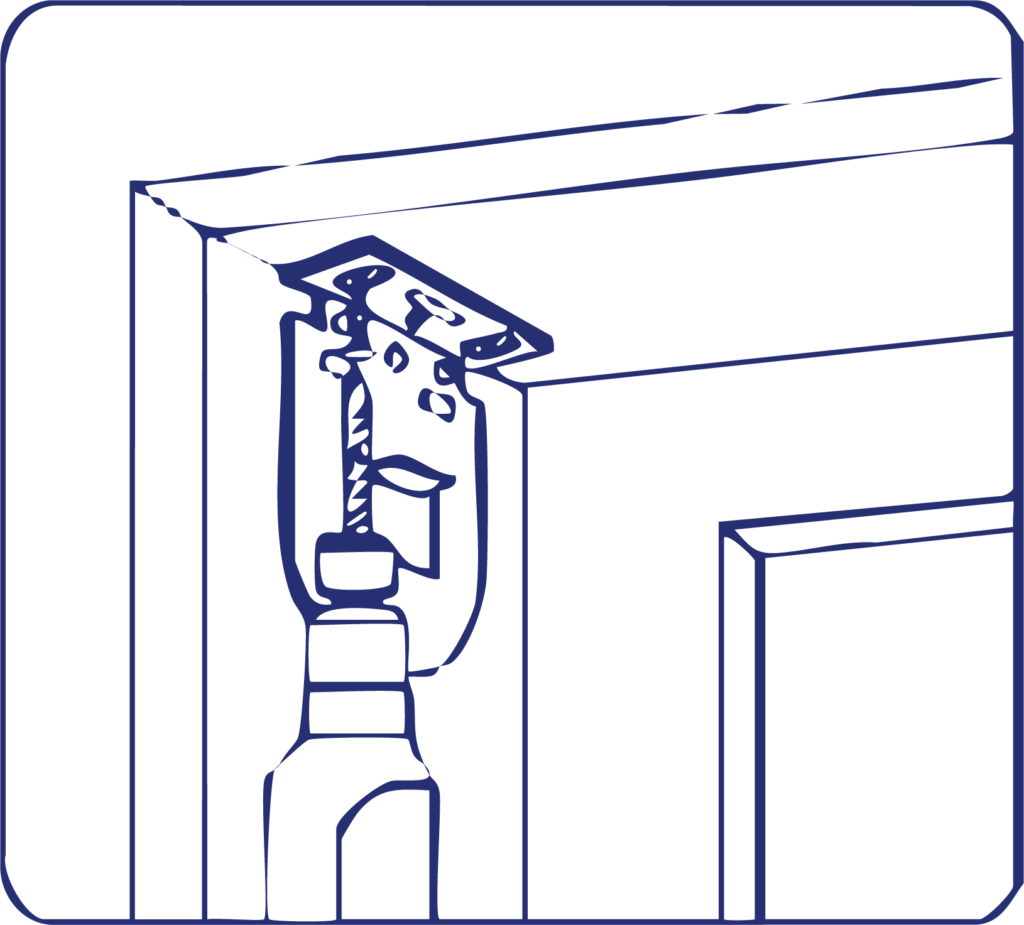
Using your drill, attach the bracket using 2 of the provided screws
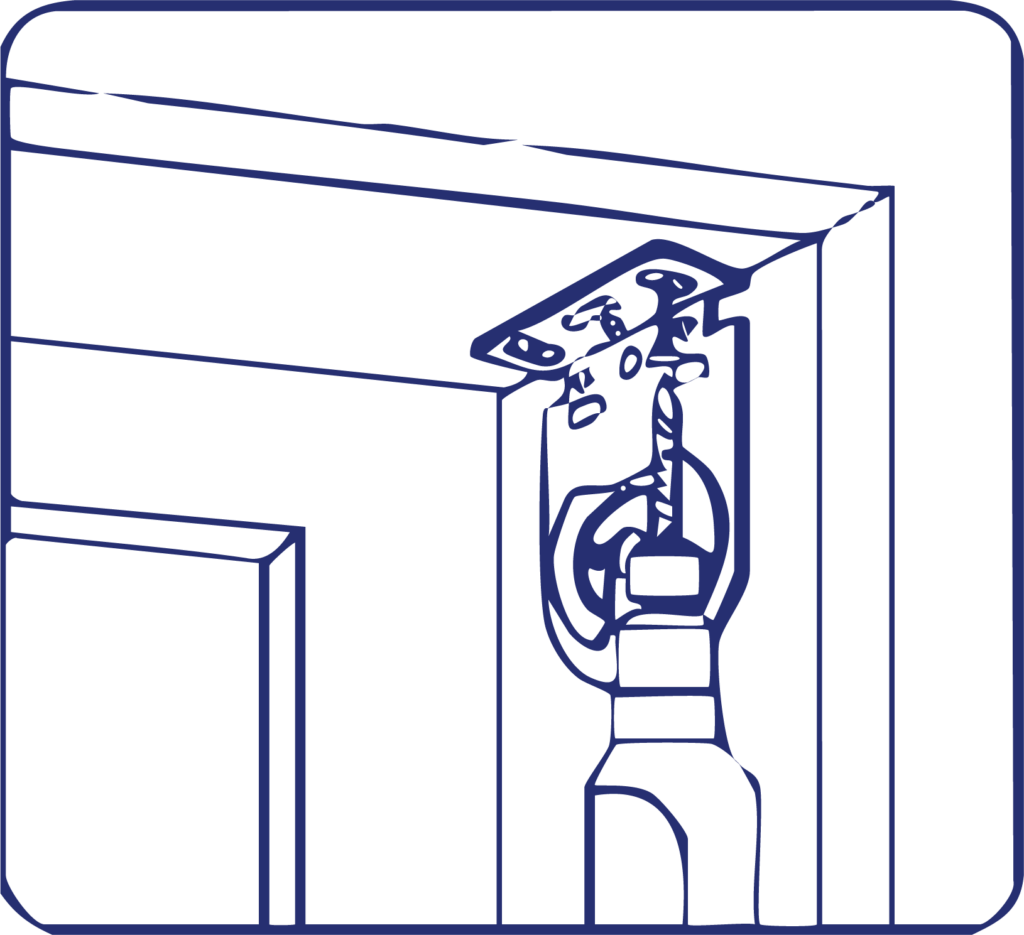
Repeat this process for the pin end bracket
- Click In Your Blind
Your blind is designed to simply click into the brackets
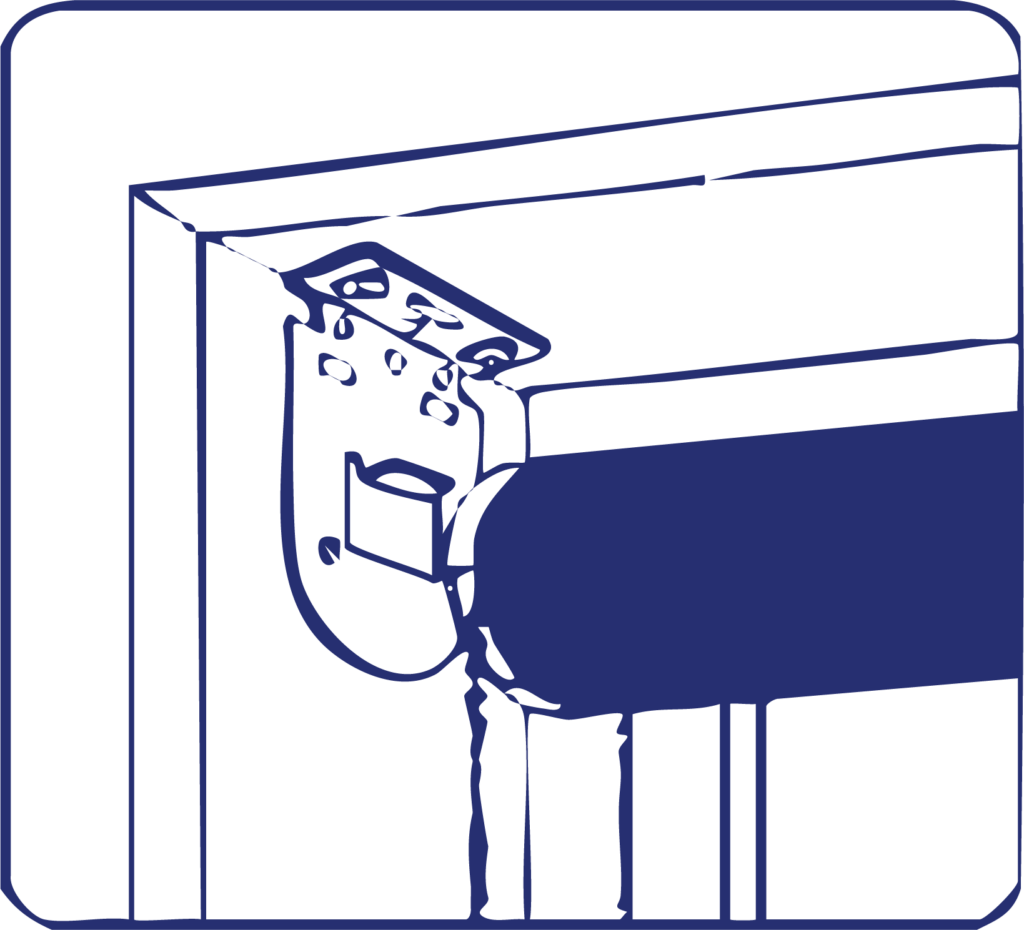
Slide the control end of your blind onto the bracket tongue, ensuring that the chain dust cover is at the top

Gently slide the pin end of your blind into the pin end bracket, using the channel on the bracket itself. Listen for a "click" as it locks into place.
- Attach The Child Safety Chain Keeper
Using the child safety chain keeper is required by law to protect children from strangulation.
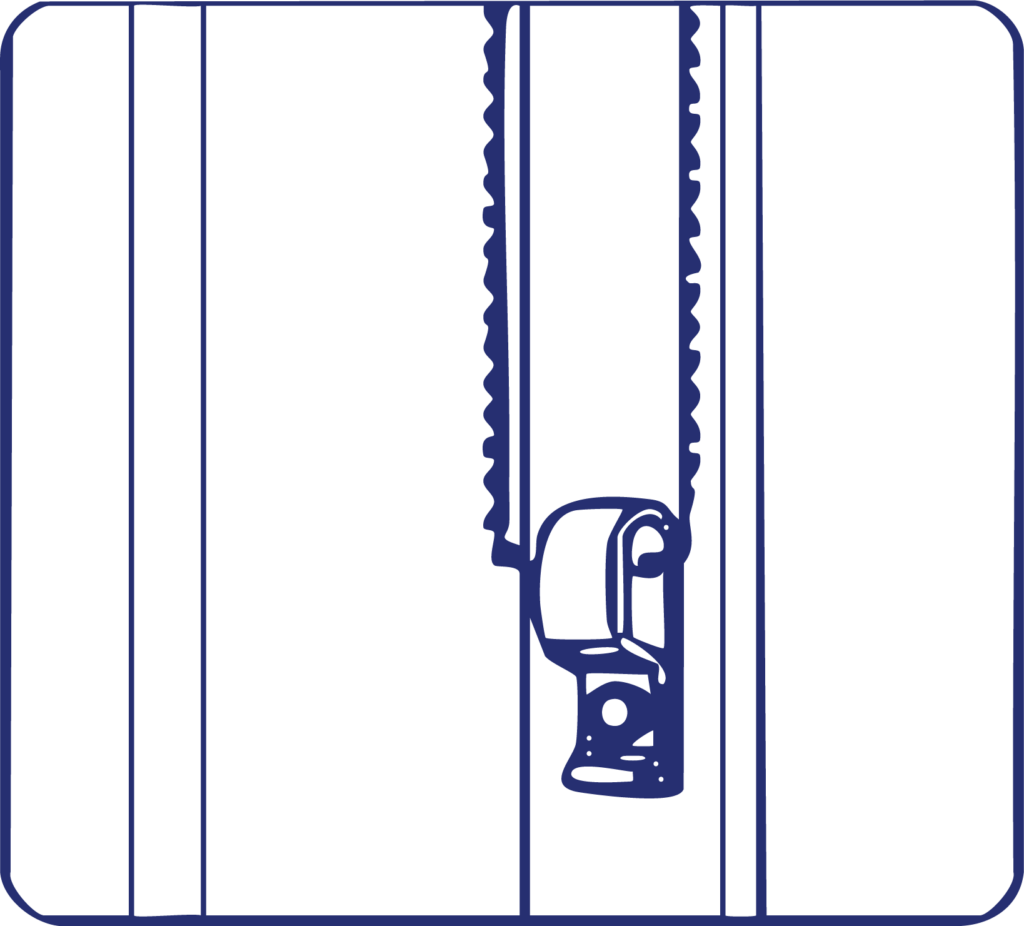
Clip the chain keeper over your chain
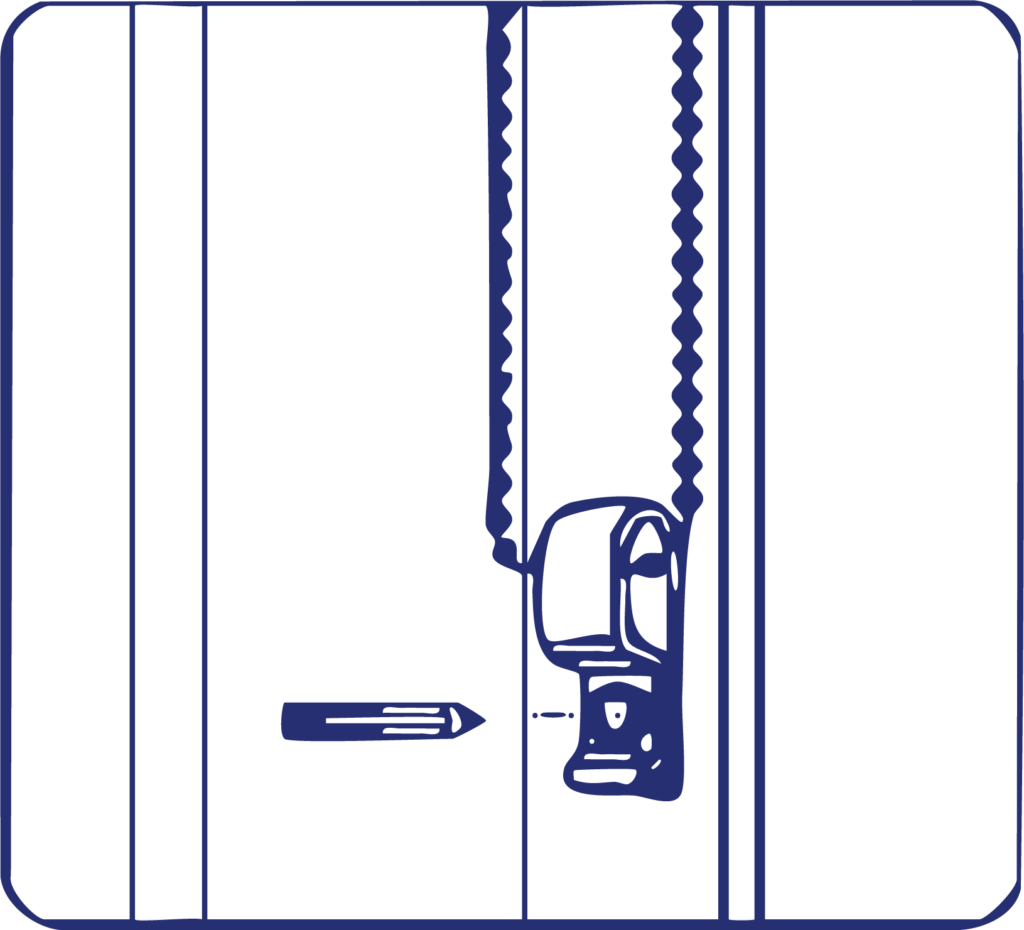
Mark where you want it attached and drill a pilot hole. The chain should be slightly under tension, while still allowing free movement of the chain.

Attach the chain keeper using your drill and the screw provided
- Drill Your Pilot Holes
Before attaching your brackets, drilling pilot holes is recommended to avoid your architrave from splitting
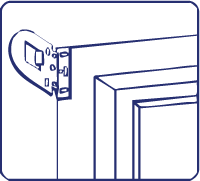
Hold your brackets in their install position on the outside of your window, in the top corner of your frame
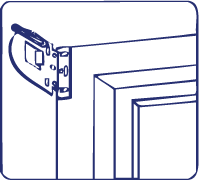
Use a pencil to mark where the screws will go
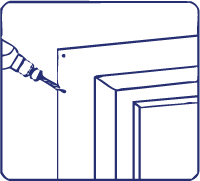
Using a 3mm drill bit, drill your pilot holes
- Attach Your Brackets
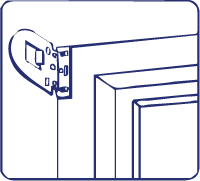
Ensure you have the control bracket on the correct side
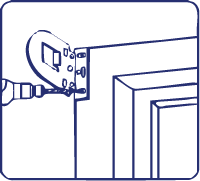
Using your drill, attach the bracket using 2 of the provided screws
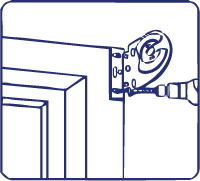
Repeat this process for the pin end bracket
- Click In Your Blind
Your blind is designed to simply click into the brackets
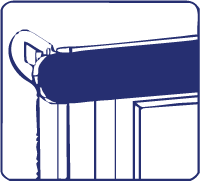
Slide the control end of your blind onto the bracket tongue, ensuring that the chain dust cover is at the top
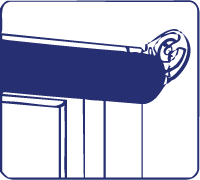
Gently slide the pin end of your blind into the pin end bracket, using the channel on the bracket itself. Listen for a "click" as it locks into place.
- Attach The Child Safety Chain Keeper
Using the child safety chain keeper is required by law to protect children from strangulation.
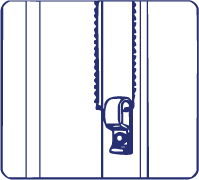
Clip the chain keeper over your chain

Mark where you want it attached and drill a pilot hole. The chain should be slightly under tension, while still allowing free movement of the chain.
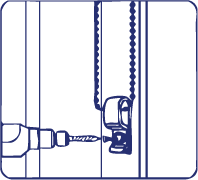
Attach the chain keeper using your drill and the screw provided
- Drill Your Pilot Holes
Before attaching your brackets, drilling pilot holes is recommended to avoid your architrave from splitting
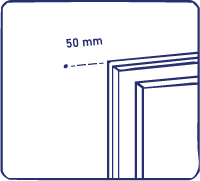
Measure 50mm outside of the corner of your window (assuming you followed our measuring instructions when ordering)
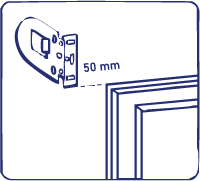
Place your bracket so that the bottom outside corner is directly on the 50mm spot. This is where your bracket will be installed.
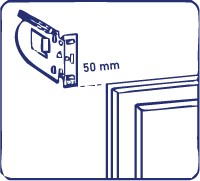
Use a pencil to mark where the screws will go
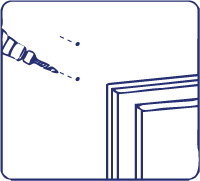
Using a 3mm drill bit, drill your pilot holes
- Attach Your Brackets
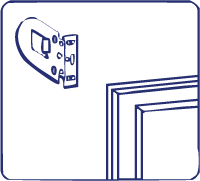
Ensure you have the control bracket on the correct side
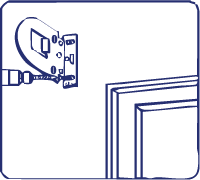
Using your drill, attach the bracket using 2 of the provided screws
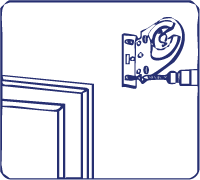
Repeat this process for the pin end bracket
- Click In Your Blind
Your blind is designed to simply click into the brackets
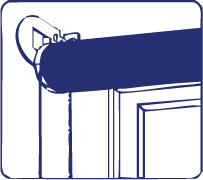
Slide the control end of your blind onto the bracket tongue, ensuring that the chain dust cover is at the top
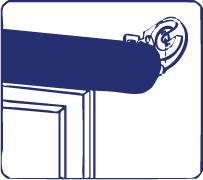
Gently slide the pin end of your blind into the pin end bracket, using the channel on the bracket itself. Listen for a "click" as it locks into place.
- Attach The Child Safety Chain Keeper
Using the child safety chain keeper is required by law to protect children from strangulation.
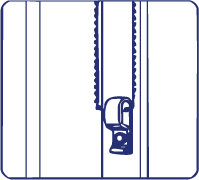
Clip the chain keeper over your chain
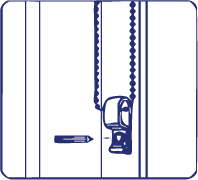
Mark where you want it attached and drill a pilot hole. The chain should be slightly under tension, while still allowing free movement of the chain.
Attach the chain keeper using your drill and the screw provided



